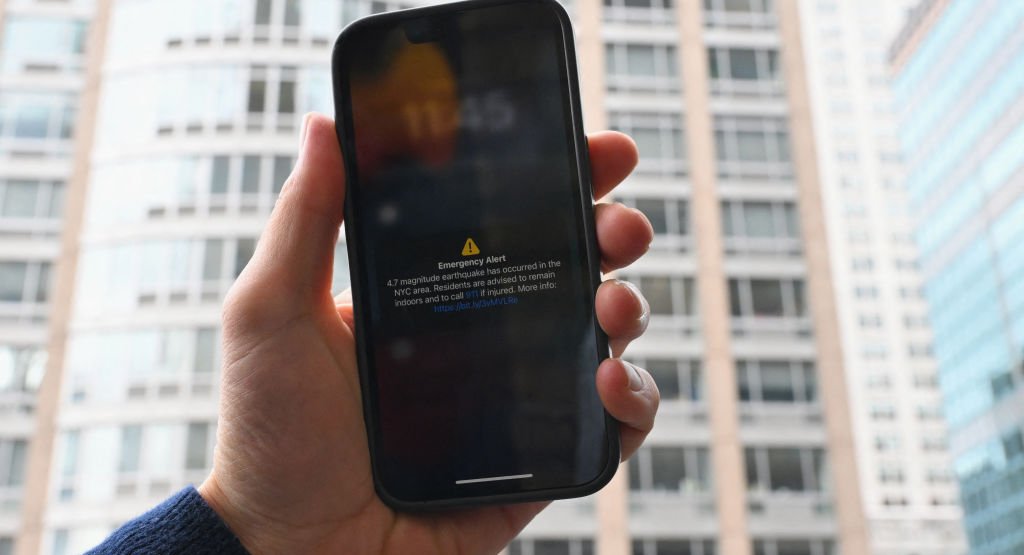Avoid objects that could topple. Move out of traffic. Head toward a large open space.
National guidance for earthquake safety may seem largely irrelevant for New Yorkers, given how rare major quakes are in the region. And considering how frequent they are in California, it’s unsurprising some of the advice has a West Coast bent.
But experts interviewed after Friday’s series of shocks said the underlying themes of how to stay safe apply broadly, and the conventional wisdom could help save lives if a big one ever happens.
“The issues associated with the high population and traffic in the NYC area are challenging, which perhaps makes the guidance provided by experts seem impractical,” said Susan Bilek, professor of geophysics at New Mexico Tech. “But it is still very relevant in cases of large earthquakes to try to reduce the numbers of injuries.”
Guidelines from the U.S. Geological Survey give different advice depending on whether someone is indoors or outdoors during an earthquake. If you’re inside, according to the guidance, stay there and get under a desk or table, or move into a hallway; and keep away from windows, heavy furniture, and appliances, including in kitchens. If you’re outdoors, move away from buildings, power lines, chimneys and other objects that could fall on you.
“It’s all about what usually happens in earthquakes, how to avoid being injured, and those factors are true universally,” said Mark Benthien, outreach director at the Southern California Earthquake Center, headquartered at the University of Southern California.
Benthien said it’s more common to be injured by falling objects than falling buildings during an earthquake, though he cautioned that every built environment is different.
“You can imagine there could be tailored guidance for almost every building, because some buildings are going to have glass, some buildings are going to have brick,” he said.
For New Yorkers caught on the sidewalk during an earthquake, he said some experts recommend ducking into a building to avoid falling debris.
Another USGS guideline relevant for city dwellers is to move your car out of traffic if possible and slow your roll.
“Because the faster you’re going, [especially] if there’s a heavy or intense shaking, the more it can impact infrastructure like roads and bridges,” said Sarah McBride, a researcher at the agency.
McBride said for people indoors, the top guideline in an earthquake is to get low to the ground and hold onto something firm, since this can prevent many injuries as compared to when people try to escape a building. This advice, she said, is based on reviews of reports from around the world about how people were injured or killed during earthquakes and what kinds of protective actions can be taken.
Both Benthien and McBride cited an annual earthquake drill event called the “Great ShakeOut Day,” which is set for Oct. 17 this year. Benthien said it hasn’t been a priority in New York and New Jersey because not as many people participate as they do in places like Pennsylvania and Massachusetts.
Researchers said while every region is unique in terms of earthquake risks, the high-level guidance remains valid regardless of exact location.



